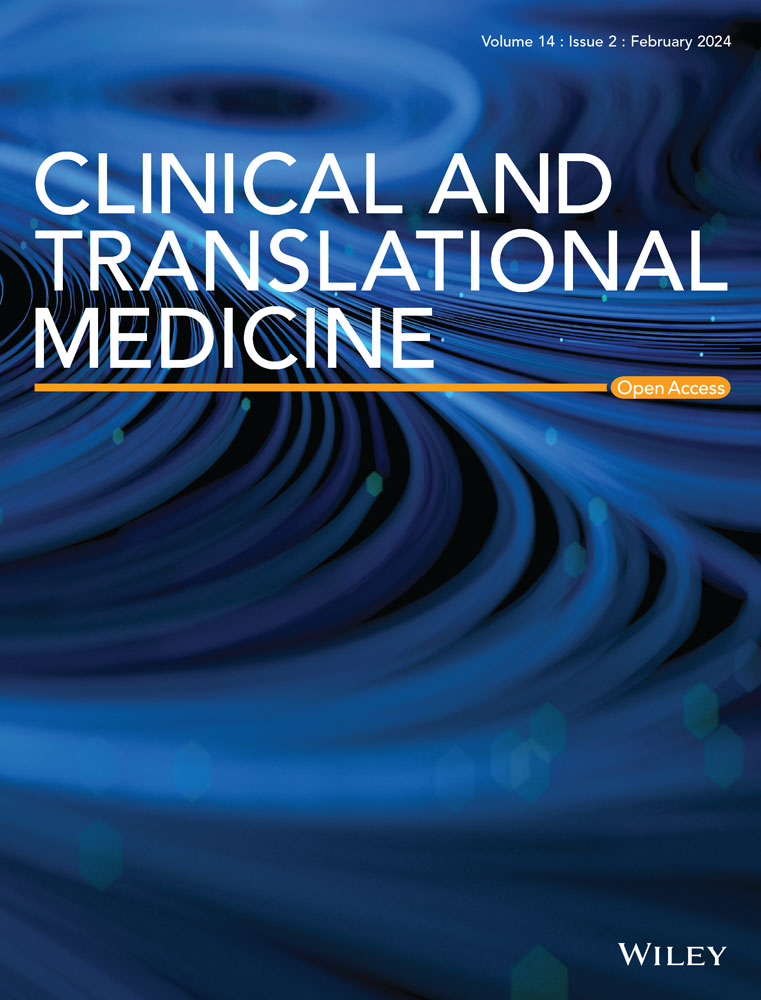Single-cell transcriptomic atlas of different endometriosis indicating that an interaction between endometriosis-associated mesothelial cells (EAMCs) and ectopic stromal cells may influence progesterone resistance
Abstract
Background
Endometriosis is a hormone-dependent disease, which can usually be divided into peritoneal endometriosis (PEM), deep-infiltrating endometriosis (DIE) and ovarian endometriosis (OEM). Although the three pathologic types are essentially the same disease, they differ in pathological manifestations, molecular features, pain symptoms and hormonal responsiveness. However, there is limited literature focusing on the differences among these types. In this study, we employed single-cell RNA sequencing (scRNA-seq) to profile the transcriptome of each type using surgical biopsy samples obtained from six patients. We aimed to explore and elucidate the variations among these different types of endometriosis.
Results
We identified five major cell types and 44 subpopulations, including the presence of mesothelial cells in all pathological types, including OEM. Furthermore, we characterised the variations in cell types across different pathological types by employing enrichment analysis to assess functions and pathways. Notably, our findings reveal distinct levels of epithelial–mesenchymal transition (EMT) processes experienced by mesothelial cells within the microenvironment of endometriotic lesions. Through ligand–receptor analysis and referencing relevant literature, we propose that mesothelial cells exert an influence on progesterone resistance in stromal cells through intercellular communication mediated by the FN1-AKT pathway.
Conclusions
Our study comprehensively characterises the heterogeneity of the different pathologic types of endometriosis and offers valuable insights into the underlying mechanisms contributing to variations in progesterone resistance across the three subtypes.
Key points
- Single-cell RNA (ScRNA) atlas across types of endometriosis is established.
- Mesothelial cells are founded in ovarian endometriosis.
- Endometriosis-associated mesothelial cells (EAMCs) experience various level of epithelial–mesenchymal transition (EMT) process in different subtypes.
- EAMCs may exert an influence on progesterone resistance in stromal cells through intercellular communication mediated by the FN1-AKT pathway.


 求助内容:
求助内容: 应助结果提醒方式:
应助结果提醒方式:


